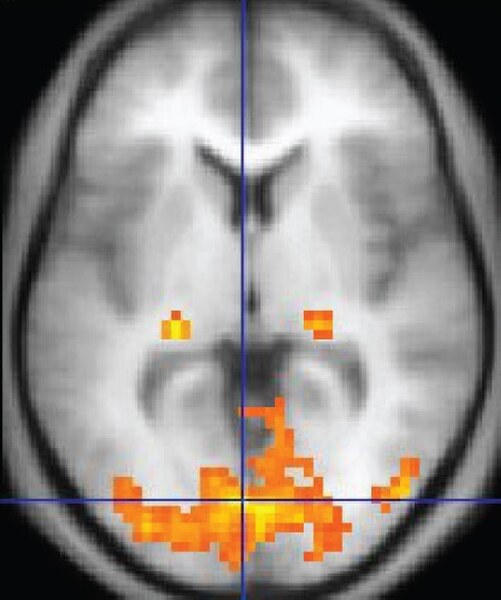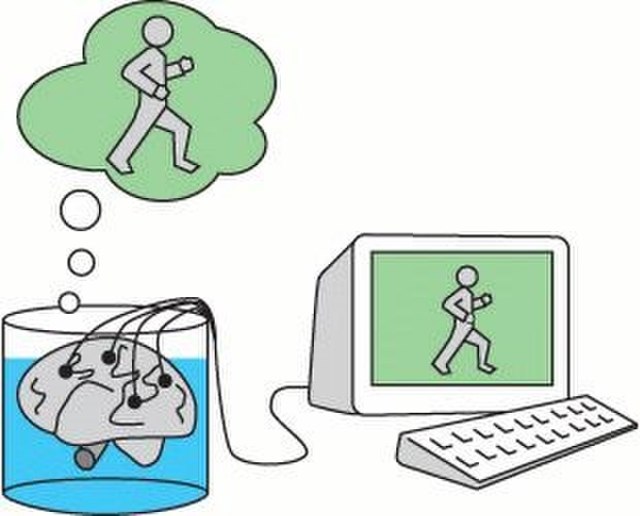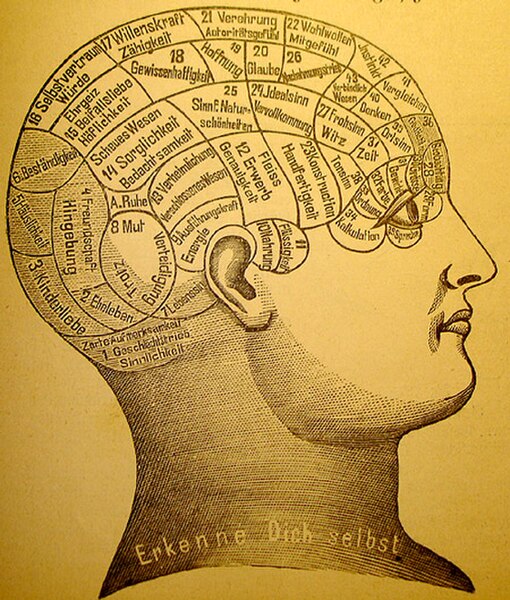The Chinese room argument holds that a digital computer executing a program cannot have a "mind", "understanding", or "consciousness", regardless of how intelligently or human-like the program may make the computer behave. Philosopher John Searle presented the argument in his paper "Minds, Brains, and Programs", published in Behavioral and Brain Sciences in 1980. Gottfried Leibniz (1714), Anatoly Dneprov (1961), Lawrence Davis (1974) and Ned Block (1978) presented similar arguments. Searle's version has been widely discussed in the years since. The centerpiece of Searle's argument is a thought experiment known as the Chinese room.
John Searle in December 2005
Sitting in the combat information center aboard a warship—proposed as a real-life analog to the Chinese room
The mind is the totality of psychological phenomena, including thought, perception, emotion, motivation, memory, and learning. It encompasses both conscious processes, through which individuals are aware of external and internal circumstances, and unconscious processes, which can influence individuals without their awareness. Traditionally, minds were often conceived as separate entities that can exist on their own but are more commonly understood as features or capacities of other entities in the contemporary discourse. The mind plays a central role in most aspects of human life but its exact nature is disputed; some theorists suggest that all mental phenomena are private and directly knowable, transform information, have the ability to refer to and represent other entities, or are dispositions to engage in behavior.

Obsessive–compulsive disorder is a mental disorder in which a person follows compulsive rituals, like excessive hand washing, to alleviate anxiety caused by intrusive thoughts.
Functional magnetic resonance imaging is a neuroimaging technique to detect brain areas with increased neural activity (shown in orange).
Philosophers use thought experiments to explore the nature of the mind and its relation to matter, for example, by imagining how a brain in a vat would experience reality if a supercomputer fed it the same electrical stimulation a normal brain receives.
Phrenology was a pseudoscientific attempt to correlate mental functions to brain areas.






